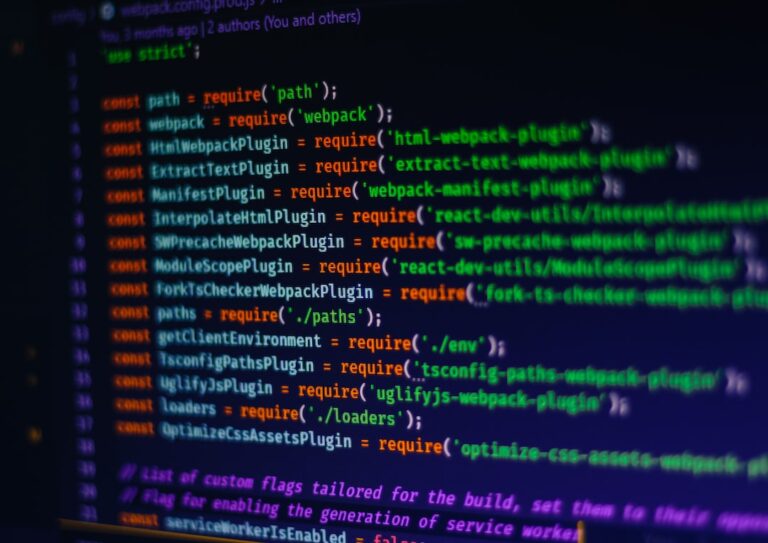Web applications often rely on forms to gather data from users. Whether it's a sign-up form, a survey, or a feedback form, the design and user experience of these forms play a crucial role in user engagement. With the evolution of CSS, we now have the power to design forms that are not only functional but also visually appealing. In this guide, we'll delve deeper into advanced techniques to style forms with CSS, ensuring they are both user-friendly and aesthetically pleasing.
1. The Power of box-sizing
When designing forms, it's essential to ensure consistent sizing across all elements. The box-sizing property is a game-changer in this regard.
*, *:before, *:after {
box-sizing: border-box;
}By setting box-sizing to border-box, the padding and border of the element no longer increase its width, ensuring a more predictable rendering.
2. Targeting Input Elements with Precision
CSS attribute selectors provide a powerful way to target specific input types:
input[type=text] {
/* Styles for text input fields */
}
input[type=password] {
/* Styles for password fields */
}For more granular control, consider adding classes to your input elements:
<input type="text" class="custom-text-input" />3. Enhancing Single-Line Text Input Fields
Single-line text inputs are ubiquitous in forms. Let's explore how to make them stand out:
Padding and Margin
Inner spacing enhances readability, while margins prevent elements from being too close to each other:
input[type=text] {
padding: 12px;
margin: 12px 0;
}Borders and Shadows
Customizing borders and adding shadows can elevate the look of your input fields:
.custom-border-input {
border: 2px solid #d1d1d1;
box-shadow: 0 4px 8px rgba(0, 0, 0, 0.1);
}Border Radius
A subtle border-radius can make your input fields feel modern and sleek:
.rounded-input {
border-radius: 8px;
}4. Diversifying Other Input Types
Beyond text inputs, forms often include text areas, checkboxes, radio buttons, and more:
Text Areas
Text areas allow for multiline inputs. They can be styled similarly to text inputs, with the added option to control resizing:
textarea {
resize: vertical;
}Custom Checkboxes and Radio Buttons
Default checkboxes and radio buttons can be tricky to style. However, with a combination of CSS and HTML structure, you can create custom designs:
<label>
Option
<input type="checkbox" />
<span class="custom-checkbox"></span>
</label>Select Menus
While the dropdown part of select menus is OS-dependent and cannot be styled directly, the main container can be:
select {
width: 100%;
padding: 10px;
border-radius: 8px;
}5. Leveraging UI Pseudo-Classes
Pseudo-classes like :hover, :focus, and :active can be used to create dynamic effects, enhancing user interaction:
input[type=text]:hover {
border-color: #007BFF;
}
input[type=text]:focus {
background-color: #EFEFEF;
}6. Handling Non-Customizable Inputs
Certain form elements, such as <input type="color"> and <input type="file">, are rendered based on the OS and cannot be styled directly. In such cases, consider using custom controls created with stylable HTML elements.
Conclusion
Styling forms is an art that combines functionality with aesthetics. With the advanced CSS techniques discussed in this guide, you can design forms that captivate users and enhance their experience on your web application.
FAQs
- How can I make my forms responsive?
- Using media queries and flexible grid layouts can ensure your forms look great on all devices.
- Can I style dropdown options in select menus?
- Direct styling of dropdown options is OS-dependent. However, you can use JavaScript-based custom dropdowns for full control.
- Why is my form element not displaying the styles I applied?
- Ensure that there are no overriding styles, and the correct selectors are being used.


